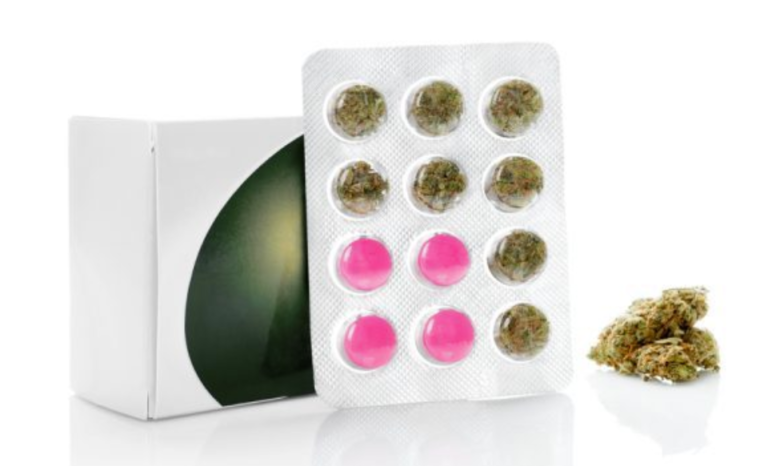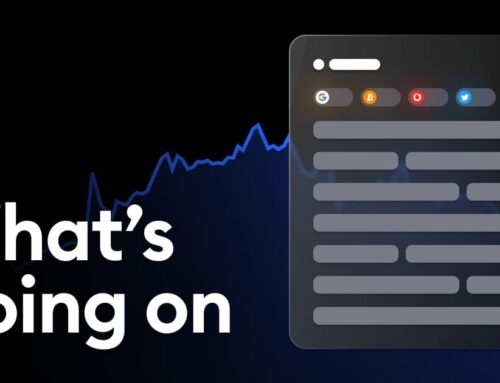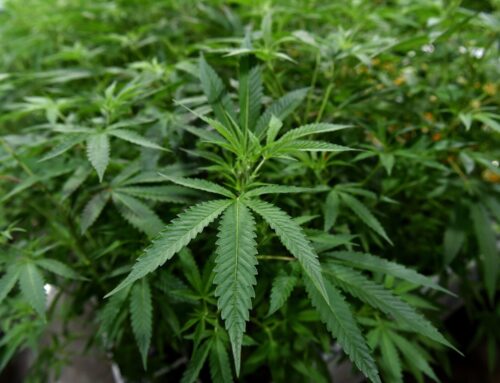A new term for low THC medicine is ‘cannabis light’ and it is seriously biting into Big Pharma profits.
June 5, 2019
There is a reason why Big Pharma is nervous about the spread of medicinal cannabis, and it’s not because they’re worried about potential health risks. More people than ever (in modern times) are turning to cannabis as a medical treatment, and moving away from conventional medications. Big Pharma companies know that when medicinal cannabis is available, their profit margins take a hit.
Cannabis light, also called low-THC or CBD-rich strains, are of particular threat to international pharmaceutical industries. These strains, with little to no measurable levels of THC, offer therapeutic value with none of the concerns. Cannabis light is often the first legal cannabis product, and paves the way for stronger strains down the road.
Strains that are CBD-rich with little THC are so safe that they’re often used to treat children with severe forms of epilepsy. Praise for cannabis light is eroding the trust in the big-brand pharmaceutical companies.

The Numbers Don’t Lie: Cannabis is Replacing Pharmaceuticals
If you crunch the numbers on cannabis consumption, a pattern emerges. The lower the restrictions on cannabis consumption, the more patients turn away from pharmaceuticals. Patients naturally turn away from pricey medicines with adverse side effects in favor of more natural approaches.
Between 2011 and 2015, cannabis had a measurable impact on the opioid crisis, according to an analysis by a team at the University of Georgia. Their article, it’s safe to say, shocked healthcare communities across America. Ashley C. Bradford, the lead researcher, and her team discovered that a drop in opioid usage quickly followed open access to medicinal cannabis.
They reported that in states with medical cannabis laws, daily opioid doses fell from 23.08 million daily doses to 20.97 million daily doses. Furthermore, they found that with more dispensaries and easier access, these numbers fell further. They concluded: “Medical cannabis policies may be one mechanism that can encourage lower prescription opioid use and serve as a harm abatement tool in the opioid crisis.”
But What About Cannabis Light?
Even when a region introduces legislation for strictly non-intoxicating, low-THC strains of cannabis, the numbers continue to adjust in a similar manner.
Italy, while not a blatantly pro-cannabis region, accidentally approved cannabis under 0.2 percent THC in 2016 while trying to offer farmers the option of the hemp cash crop. The country was quickly flooded with cannabis light through this legal loophole. The effects on pharmaceutical sales, even within the first two years of accidental legalization, is alarming Big Pharma. That could be why a recent ruling on 30 May has attempted to close up this loophole.
A paper out of the University of York, entitled “Do-It-Yourself medicine? The impact of light cannabis liberalization on prescription drugs” dug into the Italian state of affairs. They reviewed data from each of the 106 Italian health districts. From these, researchers pulled information on monthly prescriptions for sedatives, anti-anxiety medications, opioids, anti-epileptics, antidepressants, antipsychotics, and migraine medications. After the introduction of cannabis light, the number of monthly prescriptions fell on average across the board by 1.6 percent. Prescriptions for sedatives and psychotic disorders took the biggest hit.
As the team at the University of York concluded, “even a mild form of liberalization may generate a significant spillover effect on the market for pharmaceuticals.”
The Anti-Cannabis Big Pharma Conspiracy
Many cannabis advocates have long believed that multinational pharmaceuticals are working against legalization. After all, if natural relief is widely available, why would anyone choose to continue using addictive, expensive, and dangerous medicines? Until recently, this was a theory largely brushed off as a conspiracy. But, then the Arizona story broke.
The Washington Post revealed, in 2017, that the pharmaceutical company Insys donated a significant amount of money to Arizona’s anti-cannabis campaign. Their donation accounted for roughly 10 percent of all funds raised in opposition to cannabis in the state. Insys is currently working on a synthetic cannabinoid drug, and they clearly were afraid of what legal cannabis might do to their sales. In the end, their donation was likely an attributing factor to the defeat of the cannabis bill in the state.
A year later, in 2018 a prominent US Senator, Kirsten Gillibran, added her two cents. She directly called out Big Pharma for their opposition to legal cannabis. In her opinion, “To [pharmaceutical companies] it’s competition for chronic pain, and that’s outrageous because we don’t have the crisis in people who take marijuana for chronic pain having overdose issues.” She clarified cannabis is drastically different, “It’s not as highly addictive as opioids are.”
The Many Arguments For Cannabis Light
Cannabis light is spreading, and not just accidentally, as in Italy. It’s available anywhere that regular THC-rich cannabis is, but also often where regular cannabis is still controlled. There are many American states that allow cannabis light for therapeutic purposes, but who haven’t yet introduced full cannabis bills.
With a well-established safety profile, no known risk of overdose, and no risk of addiction, it beats out conventional pharmaceuticals in just about every comparison. If it’s easy to source, then people seem eager to shift their treatments. Cannabis is having a serious impact on Big Pharma’s profits. With a society that is more welcoming of cannabis in medicine, this impact is undoubtedly going to grow. Big Pharma should be nervous.
Search
RECENT PRESS RELEASES
Related Post




